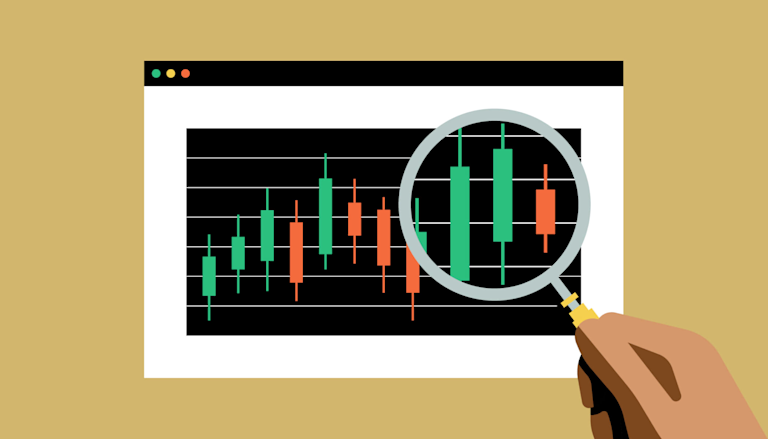
Understanding Trading Crypto Indicators for Effective Market Strategies
In the rapidly evolving world of cryptocurrency trading, having the right tools at your disposal can make a significant difference in your trading success. Trading Crypto Indicators are essential for both novice and experienced traders as they provide valuable insights into market trends and potential trading opportunities. For traders looking to enhance their skills, understanding these indicators is crucial. A comprehensive approach to using them can lead to better decision-making and more profitable outcomes. You can find more resources at Trading Crypto Indicators http://hk.psbangu.cn/cn/category/symbol-cn/?exchange=OTC&symbol=WEBB.
What Are Trading Crypto Indicators?
Trading indicators are mathematical calculations based on historical price, volume, or open interest data. They serve to predict future price movements by analyzing patterns and trends in past market behavior. In the crypto market, where volatility is prevalent, using indicators can help traders identify potential entry and exit points, manage risks, and enhance overall trading performance.
Types of Trading Crypto Indicators
There are two main categories of trading indicators: leading and lagging indicators. Understanding the differences between these types can help traders use them effectively to their advantage.
1. Leading Indicators
Leading indicators are designed to predict future price movements by signaling potential reversals or trends before they occur. Some popular leading indicators include:
- Relative Strength Index (RSI): This momentum oscillator measures the speed and change of price movements. An RSI over 70 indicates that a cryptocurrency may be overbought, while an RSI below 30 suggests it may be oversold.
- Stochastic Oscillator: This indicator compares a particular closing price of a cryptocurrency to a range of its prices over a specific period. It helps traders identify potential overbought or oversold conditions.
- MACD (Moving Average Convergence Divergence): This indicator tracks the relationship between two moving averages of a security’s price. It helps to identify changes in the strength, direction, momentum, and duration of a trend.
2. Lagging Indicators
Lagging indicators, on the other hand, confirm trends rather than predict them. They are useful for identifying the direction of the market based on past movements. Some commonly used lagging indicators include:
- Moving Averages: These indicators smooth out price data to identify the direction of the trend over a specific period. Simple and exponential moving averages are the most commonly used.
- Bollinger Bands: These consist of a middle band (simple moving average) and two outer bands that represent standard deviations from that average. They help traders identify overbought or oversold conditions.
- Volume Moving Average: This indicator measures the average volume over a specified timeframe. It helps to confirm the strength of a trend, as high volume often accompanies significant price movements.
How to Use Trading Indicators Effectively
While understanding trading indicators is essential, using them effectively in your trading strategy is equally important. Here are some tips to maximize their utility:
1. Combine Multiple Indicators
Relying on a single indicator can lead to misleading signals. Combining multiple indicators can provide a more comprehensive view of market conditions and improve the accuracy of your predictions. For instance, using RSI alongside moving averages can give a clearer picture of whether a cryptocurrency is overbought or oversold within a trending market.

2. Know the Market Environment
Different indicators perform better in various market conditions. For example, trending markets might be more suited for momentum indicators like MACD, while range-bound markets may require oscillators like RSI and Stochastic. Understanding the current market environment helps you choose the appropriate indicators to utilize.
3. Backtest Your Strategy
Before implementing a strategy in real trading, it’s wise to backtest it using historical data. This process allows you to assess the effectiveness of your chosen indicators and adjust your strategy accordingly. Most trading platforms provide tools that allow you to backtest your trading strategies against historical data.
4. Set Risk Management Protocols
Regardless of the indicators you use, risk management should always be a priority. Setting stop-loss orders and taking profits at predefined levels can help protect your capital and minimize losses.
Common Mistakes to Avoid
While utilizing trading indicators, traders often make some common mistakes that can lead to losses. Being aware of these pitfalls can help you avoid them:
1. Over-Reliance on Indicators
While trading indicators can provide valuable insights, they should not be the sole basis for your trading decisions. Market sentiment, news events, and other fundamental aspects also play a crucial role, and it’s essential to consider these factors as well.
2. Ignoring Market Context
Indicators can generate signals that may be misleading if the broader market context is not taken into account. For instance, a bullish signal could occur in a generally bearish market, leading to incorrect trades. Always consider the overall market trends and events when interpreting indicators.
3. Neglecting to Keep Learning
The cryptocurrency market is constantly evolving, and so is the technology that drives it. Staying updated with the latest developments in trading indicators and best practices is essential for ongoing success.
Conclusion
Trading Crypto Indicators are powerful tools that can help traders navigate the volatile cryptocurrency markets. By understanding how to use leading and lagging indicators effectively, traders can enhance their market strategies and decision-making processes. Combining various indicators, applying risk management, and continuously learning are key components to successfully implementing trading indicators in your trading repertoire. As with all trading strategies, practice and education are paramount in achieving long-term success.


